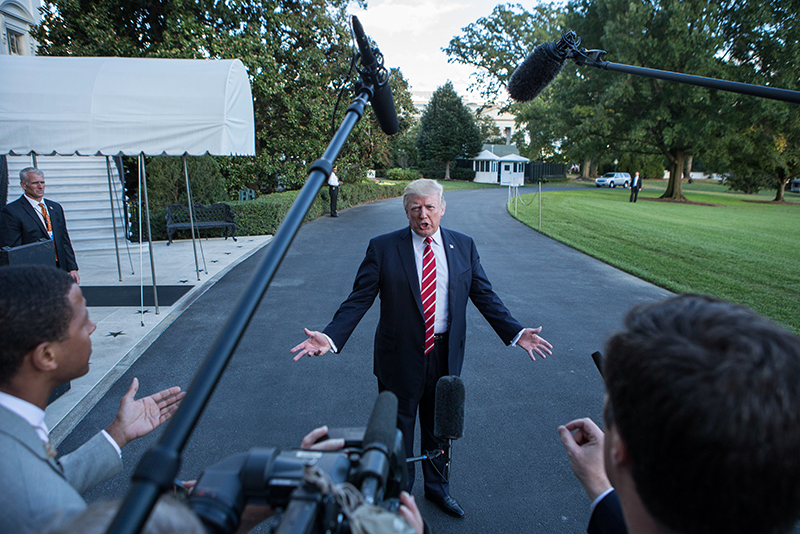On paper, Vermont’s 2019 Teacher of the Year is a math teacher, but at the heart of Tom Payeur’s work, he’s a persistence teacher. At Winooski High School, located in the state’s most diverse community, Payeur ’10 G’12 and his colleagues are leveling the education playing field by building and implementing a proficiency-based education model for the school.
“What we’re doing is we’re pulling out all of the inequities that are deeper than just getting students to pass the class. We’re getting at the root causes of what our students need in the moment,” he says.
When it comes to disparities in the classroom, Payeur uses math as an example. “Math just reeks of status. There are ‘math people’ and there are ‘not math people.’ There were honors classes and there were good college prep classes.” In Payeur’s school, the disparities grow further as students come from vastly different backgrounds — from refugees and non-English speakers to generational Vermonters — yet all must learn the same math.
“You’ve got to be on your game at all moments of the day and think to yourself: Am I saying this in a way that all students can understand? Am I providing access for all types of learners right now? That’s what’s on my mind every day,” he says.
A course that Payeur designed and teaches, Math Lab, addresses these issues by mimicking the real world. Math Lab integrates students from all mathematics levels into one class and encourages them to collaborate on realistic problems involving math together. This structure provides students individual, catered instruction as they practice math, but also ingrains in them what are called transferrable skills, like communication, creativity and persistence, that will help them succeed beyond the classroom. Specifically, Payeur views these transferrable skills as essential to solving complex problems like climate change with collaboration and innovation.
“We’re breaking down barriers and putting students who are on different levels of math with each other and actually creating a microcosm of the world they live in, where everybody’s got different understandings about everything.”
Student Becomes the Teacher
Payeur’s route to teaching started with a book he read for a wealth and poverty economics course he took during his senior year. “Savage Inequalities: Children in America’s Schools” by Jonathan Kozol illuminates the grim realities of the education system and schools across the country in the late ’80s. “That book, it’s just disgusting. It’s disgusting what we put children through to get an education,” he says.
He became “totally immersed” in education and did a research project in the class about school funding and inequities in the school system. Payeur also secured an internship at a Montpelier think tank, where he was able to work alongside the individual who wrote Vermont’s tax code that made school funding more equitable. He knew then that he wanted to use policy to address challenges that prevent all students from receiving a quality education.
However, “It felt insincere to think that I could go in and start writing education public policy without having ever experienced public education,” he admits. Soon after graduating with bachelor’s degrees in mathematics and economics, Payeur returned to the University of Vermont for an accelerated master’s program in teaching.
Now, as the 2019 Vermont Teacher of the Year, Payeur will travel across the state to speak and collaborate with other teachers and school administrators. Later this spring, he will represent Vermont at the Teacher of the Year program in Washington, D.C. At just 30 years old, and with only seven years in the classroom, Payeur is honored to receive the award at this stage in his career.
“It just means so much to me and I hope that my message is heard, specifically around the need to teach students transferable skills if they’re to grapple with the issues of climate change.”
Source: UVM News










